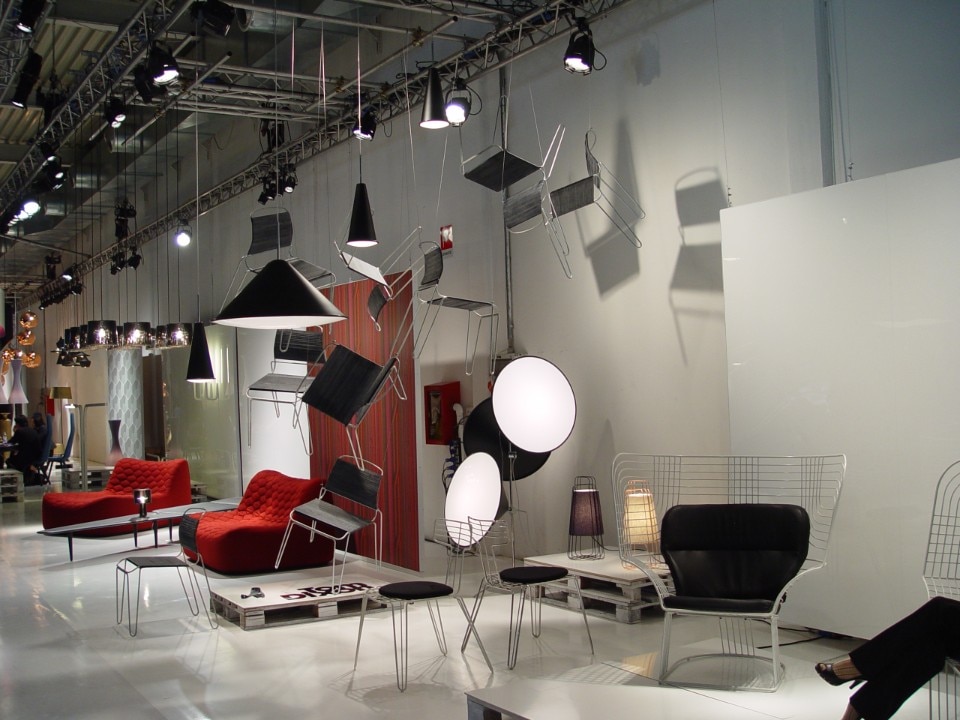The Fuorisalone is the rather spontaneous and sometimes revolutionary process by which the furniture business has exited the more institutional setting of the fairground pavilions in search of previously unseen exhibition spaces and modes of display. After twenty years, the pandemic has created a new and unimaginable scenario that now forces us to plan for change. The visual languages and codes it uses for communication are evolving rapidly to continue communicating design in the new post-Covid normality.
Of Milan's first design weeks in the 1990s, we remember cheeky apparitions by Philippe Starck, pop entries by Karim Rachid, speculative experimentation by the Dutch, and minimal projects by the then young crème de la crème of current Italian designers. We also remember feeling as if we were watching a revolution that was destructuring and restructuring from scratch a niche type of language in order to open up a direct relationship with a new audience, perhaps in reaction to a physiological need. Those were the years we started talking about design as if it were a scientific discipline able to respond to post-industrial queries in a culturally advanced manner.
There was no design week this year. And attempts, still uncertain, to reproduce it virtually are still being assessed. But perhaps this is an opportunity to invent new ways to talk about design, to try and define a model of communication that will hybridise digital and physical spaces. And above all to focus on what we really want to communicate.
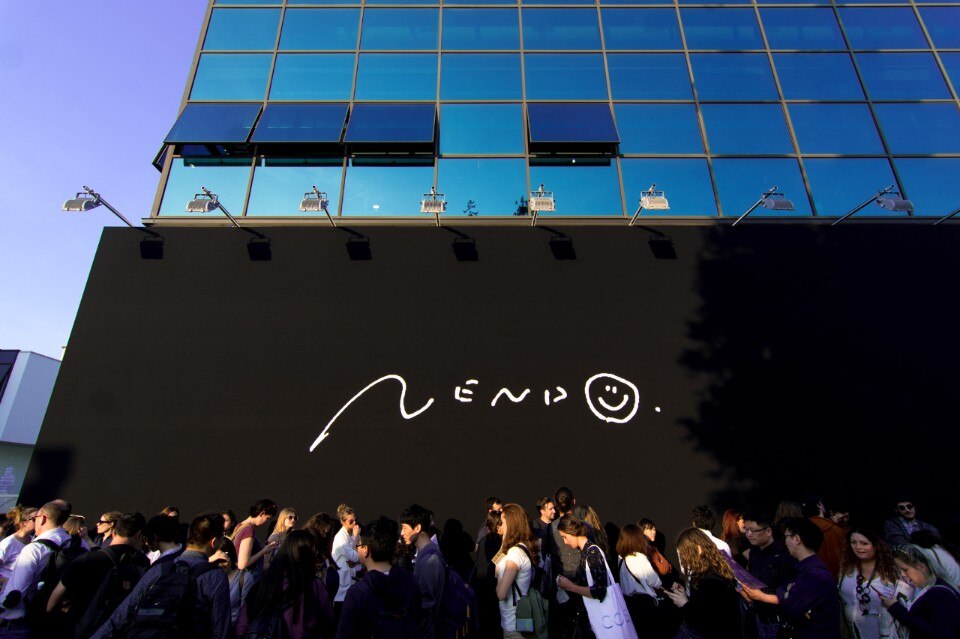
Part collective rite, part theme park: permeability is the word
Design week was a deliberately popular event, during which the diffusion of messages with substance is inevitably rarefied, but its inherent communicative power is unique. It's a bit as if the claim were: Here we are, hundreds of thousands of us, celebrating the human desire for beauty. This reading suggests a participatory process similar to that of a county fair. “After hearing about 'microtargeting' and 'market atomisation', we are flabbergasted to see the success of the Sanremo Song Festival, which represents an opportunity to participate in the ritual of collective storytelling around the campfire,” says Giuseppe Mazza, the founder of the advertising agency Tita, and a teacher at the IULM University and the Holden school of storytelling, both in Milan. It's a primitive need for something that corresponds to comprehensible human demands. “The pandemic and lockdown have highlighted a problem that existed before, a problem of literacy,” says Mazza. “We were again the users of excessive, random communication, often the result of trial and error, not planning. And it is communication that hurts.” According to Mazza, Italians have a way of channelling social beauty, where beauty means “giving dignity to the need for a message that expresses a precise, definite, conscious identity. And design week is an example of a definite cultural identity, both popular and high quality”.
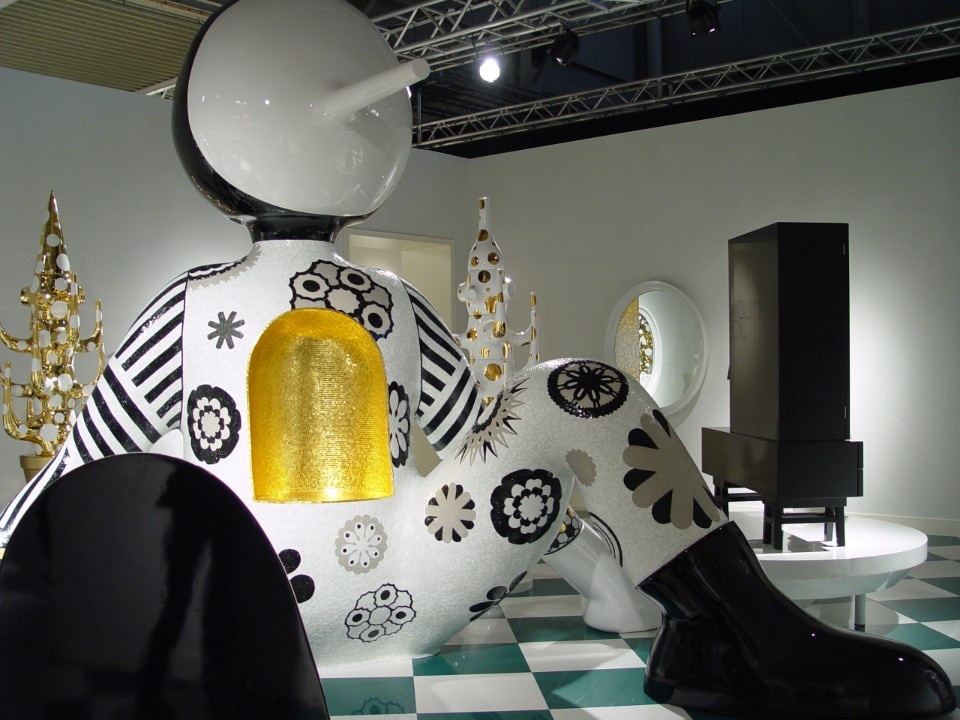
Going back to what can be touched
Communicating is not a univocal job. Its practice is often linked to a debate on ethics and morals. Giulia Capodieci, the communications director of the cultural centre Base Milano, has a similar view to Mazza's when it comes to having a responsibility to conceive significant, democratic, non-paternalistic content. Both advocate a return to the basics, to what is concrete, industry, actually doing things. “Otherwise, you could miss the boat,” says Capodieci, referring to the chance to diffuse the more pragmatic aspect of contemporary design that goes beyond style and is redefining the very structure of merchandise culture. “The process regards the repair of a misunderstanding, because opening up to a non-specialised, interdisciplinary public is one of the resources of design. It's a tool that is part of its genetic make-up.” Luciano Floridi, a moral philosopher at Cambridge University, is not exactly a designer, but for quite some time now, he has been using the word design to indicate all codified tools and processes that help find efficient answers to the questions of modernity. The fact that the term design has slipped into philosophy and self-help manuals is a stimulus to redefine the discipline.
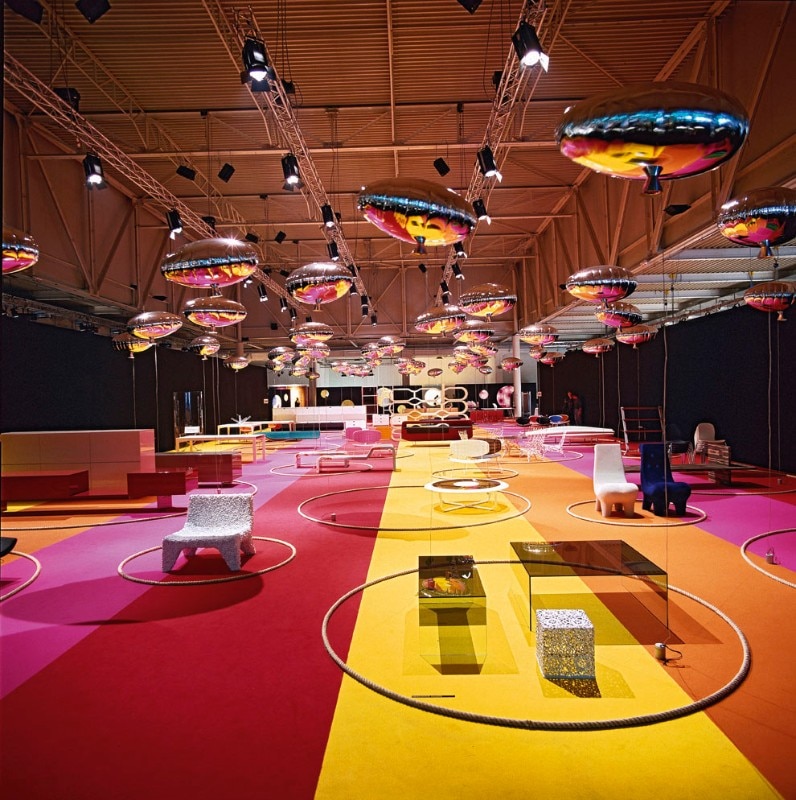
What to tell whom and how?
According to Giulia Capodieci, “The battle for attention is global, not limited to the design week. We need to by-pass the problem of Instagram and Facebook and the power of their languages.” How? “By seriously interrogating ourselves on what, how and who we want to talk to about design.” Capodieci suggests going back to more experiential events where communication does not consist in the telling, but in the doing. “I feel it’s interesting to learn how to branch out, to find different functions, both digital and non-digital. The cancellation could serve to spur deeper reflection. It was almost impossible to think of questioning the existing setup, but now we’ll be able to explore new paths. The live event has some irreplaceable features. But there are other approaches that perhaps we’ve been overlooking.” The design week is a time when the regular paradigms of storytelling often fail, becoming excessive, sometimes unreal. “In a hypersaturated market in need of useful projects, it is a waste of intellectual strength and economic resources to continue to reproduce ephemeral enthusiasms,” says Stefano Cardini, professor of brand identity at the NABA school of creative talents. “Perhaps this setback offers a chance to think in the medium and long term, working on a balanced narrative of projects that will find a sensible place in contemporary life.”
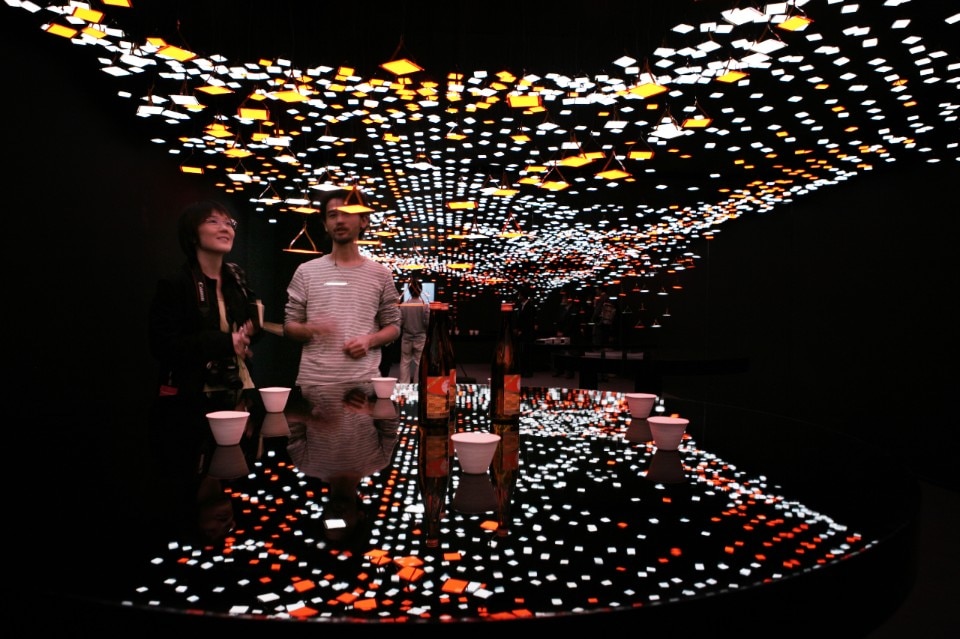
Escapist alternatives or dissident experimentation?
Before design week was cancelled, some people had been bold enough to forgo the ritual. By creating private events, seeking a more select public (a hot potato with the founders of the design districts for the Fuorisalone), or by styling a type of participation that already evoked absence and silence. The designer Antonio Aricò had planned not to be at the Salone this year. “I wanted to invest my economic and creative resources elsewhere, in something that made sense to me.” This was not intended to be a polemical position; he maintains that the system works, and that it's useless to deny he's a part of it, but he wanted “to use Instagram to give design-week people the responsibility of choosing to really look at a project.” A series of 24 stories and teasers that would have been a mysterious entranceway to an immersive and individual experience. “It was an invitation to hop on a plane and come see me in a remote and different place.” It is an answer, unexpectedly timely, to a cultural crisis he defines as stemming from the supremacy of the visual result over the real experience.
Now we just need to understand if the design system is mature enough to take on a new revolution in the dialogue with its public, seeing how obviously non-governable the process and unforeseeable the outcome would be.
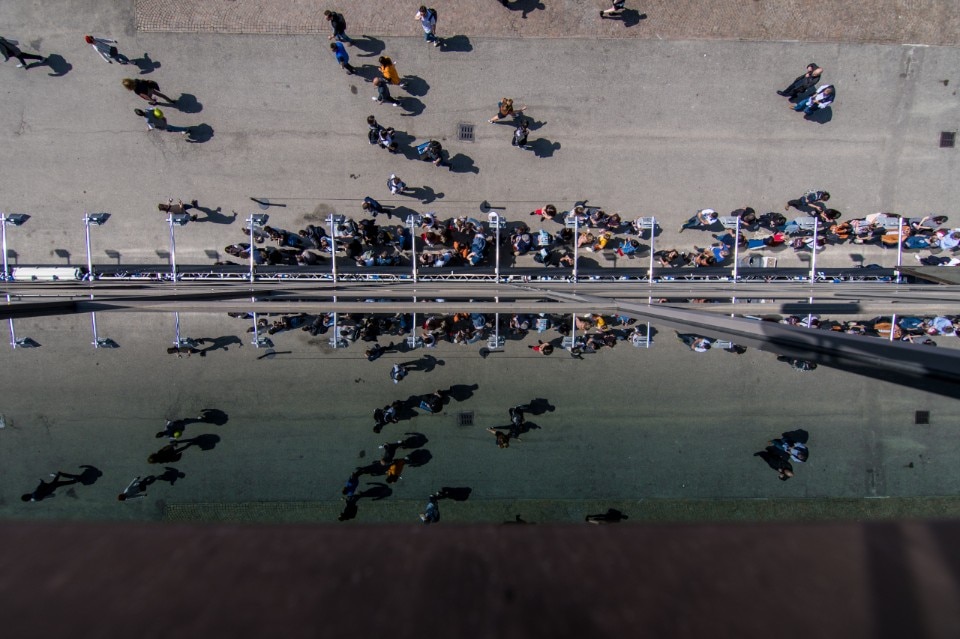
Alternative escapiste o sperimentazione dissidente?
Prima che la design week fosse annullata, c’era chi aveva avuto l’audacia di pensare di sottrarsi al rito. Creando eventi privati, cercando una maggiore selezione del pubblico (un tema molto discusso dai fondatori dei distretti del Fuorisalone già prima del Covid-19), ideando una partecipazione che evocava, anzitempo, l’assenza e il silenzio. Il designer Antonio Aricò aveva programmato di non essere alla design week: “La mia idea era mettere le mie energie economiche e progettuali altrove, in qualcosa che avesse un senso forte per me”. Una posizione che non intendeva essere polemica: Aricò sostiene che il sistema funziona ed è inutile negare di farne parte, ma che avrebbe voluto “usare Instagram per ridare al pubblico della settimana del design la responsabilità di scegliere davvero di guardare un progetto”. Una serie di 24 storie e teaser, progettati da Aricò, sarebbero stati la misteriosa porta di accesso a un’esperienza immersiva e individuale. “Era un invito: prendete un aereo e raggiungetemi in un luogo diverso, remoto”. Ed è una risposta, inaspettatamente attuale, audace, a una crisi culturale che Aricò definisce come egemonia del risultato visivo sull’esperienza reale.
Ora si stratta solo di capire se il sistema design è maturo per avviarsi a una nuova rivoluzione del dialogo con il pubblico. Un processo evidentemente non governabile e dai risultati imprevedibili.
Opening image: Salone del Mobile, 2007


